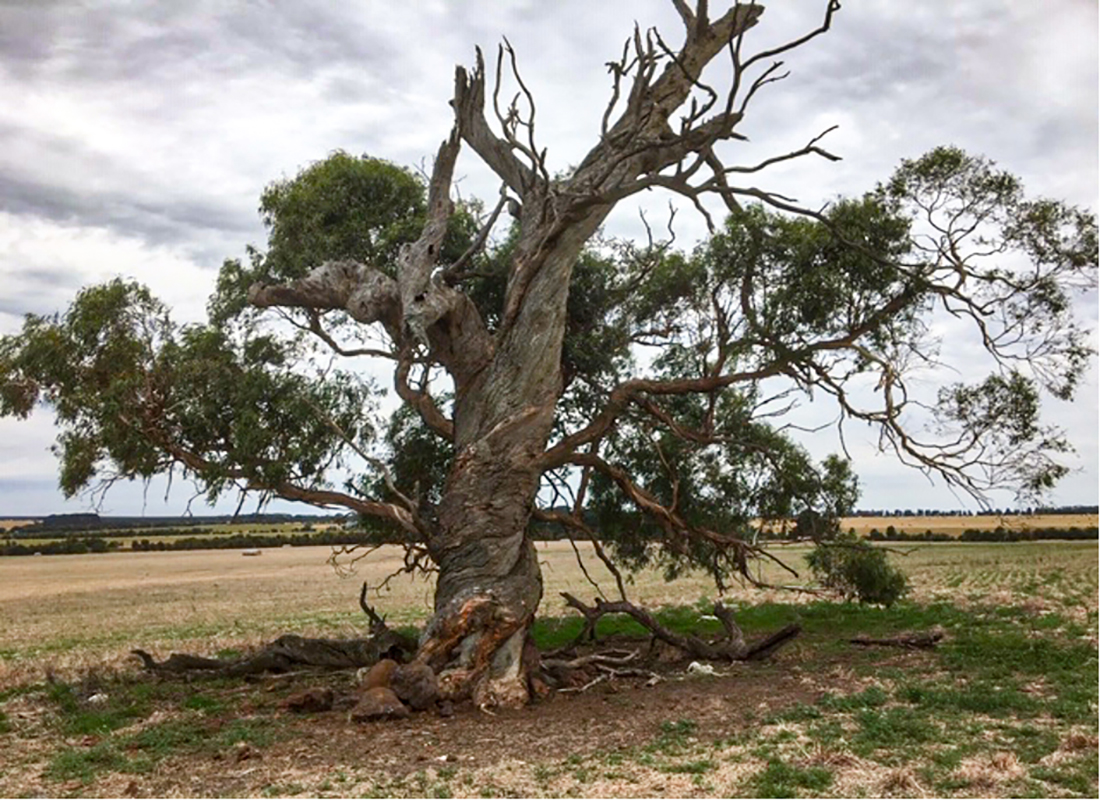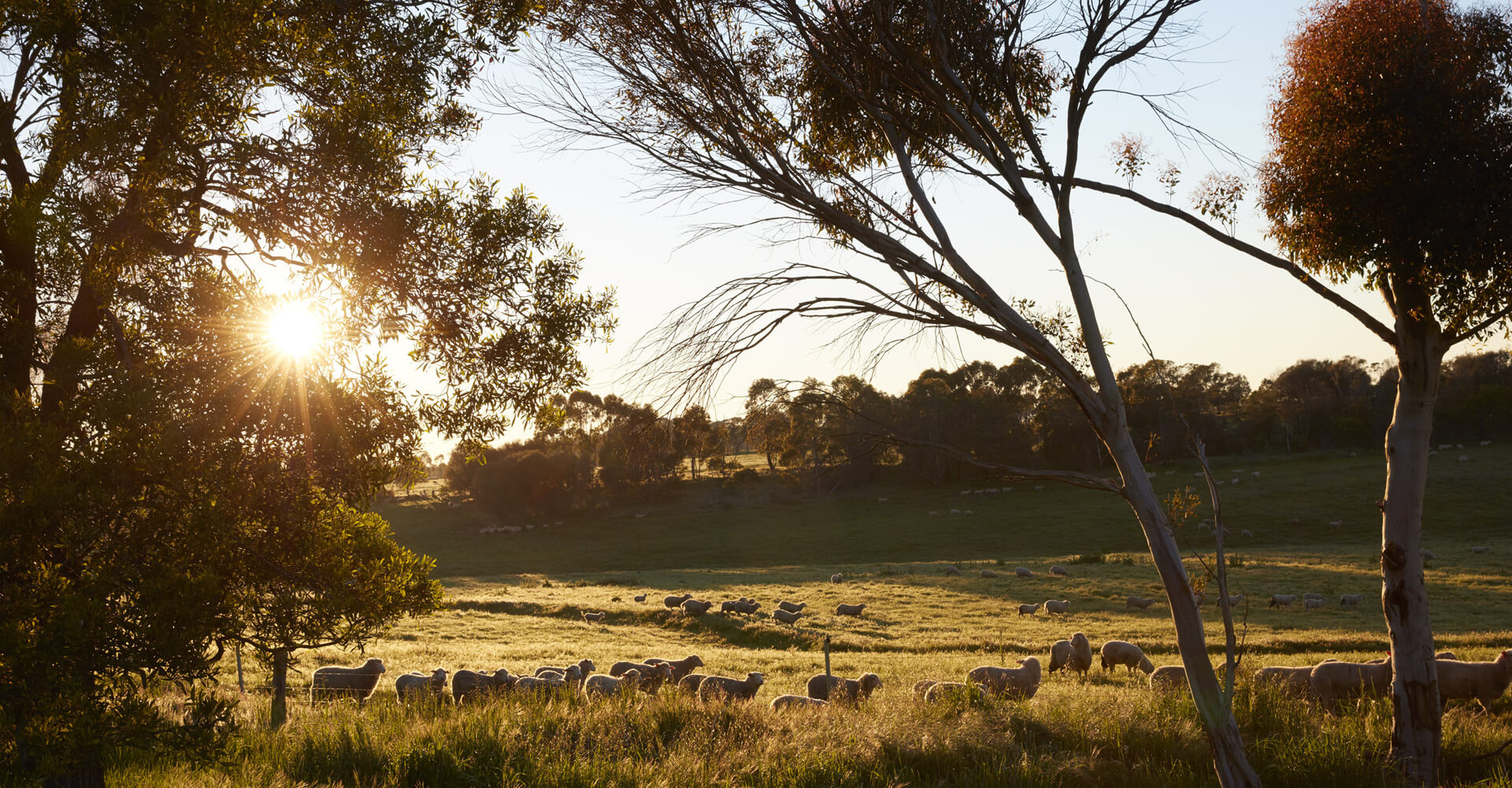
Paddock Trees: Hollows and Habitats
Due to my growing interest for Australian native plants, I was given a small book on Eucalyptus trees. It was inscribed- “from the smallest of seeds grows the tallest of trees.” This statement increased my admiration for these enduring and vital monoliths in our landscape.
Our farm is dotted with big old or dead, isolated Eucalyptus trees, reminding us of our landscape before settlement. Clearing land, introducing cats, foxes or foreign plants, has illustrated the fragility of our Australian environments. Even small changes can have a negative impact on the life cycle and existence of our native biodiversity.
Birds, bats, marsupials, reptiles and frogs depend on trees and fallen timber for habitat and food, while standing dead trees provide hollows that are important nesting sites. Trees and hollows also facilitate migration of fauna through the landscape promoting genetic diversity, providing shelter and protection from predators.
Despite the temptation to harvest timber for firewood or clear standing dead trees, it is extremely important to leave them in the landscape. Trees with hollows are significant, as it can take a century or more for hollows to develop. Fallen timber stabilises soil, reduces erosion, and creates a protected environment where small animals can thrive.
Ecologists have found that paddock trees and native vegetation can promote farm production and reduce chemical use. The older and bigger the tree, the more productive and useful it is on a farm. Compared to cleared areas, even a small number of trees in an agricultural landscape, significantly increases the benefits. Trees provide food and habitat for natural pest controllers – predatory insects & birds, as well as pollinators. Bats for example, consume half their body weight in insects in a night, Magpies eat caterpillars, snails and slugs and wasps are predators to leaf eating insects. The pollination benefits by bees is well understood. This natural benefit has been named “ecosystem services”.
Big, old, isolated trees are an enduring and significant part of our landscape and are a reminder of what once was here before. Being in their presence reminds us how our environment shapes who we are, our culture and our history. It is evident that protecting our native vegetation, including old gum trees supports our vision “to produce food sustainably”.
Above: Old Manna Gum twisted and gnarled containing hollows and habitat for beneficial birds and insects. (Glenbuckie Hill)


